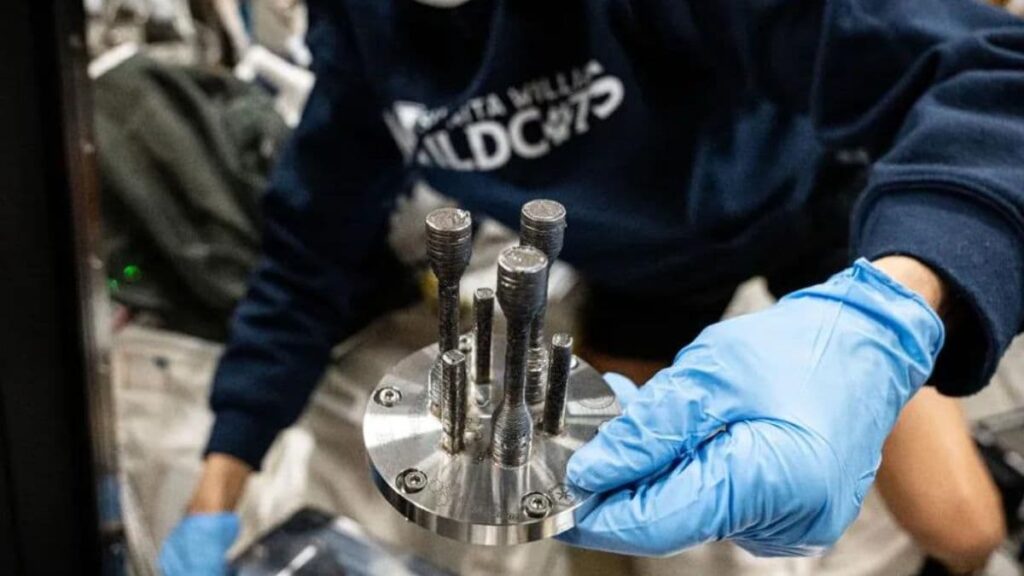Exploring 3D Printing in Space
As scientific exploration in space progresses, remarkable advancements are being made in various fields, including 3D printing technology. The European Space Agency (ESA) has recently achieved a groundbreaking milestone by successfully conducting the first 3D printing of a metal part in space. This significant achievement addresses the formidable challenges posed by the absence of gravity, which can adversely affect the quality of printed objects.
The Challenges of Zero Gravity Printing
3D printing in a microgravity environment presents unique difficulties. In a gravity-free setting, molten materials can flow uncontrollably, leading to defects in the final product. However, through innovative engineering and meticulous adjustments to the 3D printing process, scientists have demonstrated that it is indeed possible to produce high-quality printed parts in space.
Methodology Behind the Experiment
The ESA’s success involved a series of well-planned experiments that took place over several months. The team focused on acclimatizing a specialized 3D printer to the conditions of the International Space Station (ISS). To begin the process, scientists utilized a laser to melt a stainless steel wire, transforming it into a metal filament suitable for 3D printing. This meticulous approach not only ensured the quality of the print but also paved the way for future manufacturing capabilities in space.
Future Implications of 3D Printing in Space
The achievement of 3D printing in space opens up exciting possibilities for future missions. The technology could enable astronauts to manufacture spare parts and construction materials during long-duration missions, significantly reducing the need to transport large quantities of supplies from Earth. As scientists plan to print two additional components, the first metal part created will be sent back to Earth for quality evaluation, further establishing a foundation for continuous improvement in space manufacturing.
Potential Benefits of 3D Printing in Space
| Benefit | Description |
|---|---|
| Resource Efficiency | Reducing the need to transport equipment and materials from Earth by utilizing raw materials available in space. |
| Customization | Allowing on-demand production of components tailored to specific mission needs, enhancing mission flexibility. |
| Sustainability | Minimizing waste by producing only what is required for missions, promoting sustainable practices in space exploration. |
| Operational Autonomy | Providing astronauts with the ability to create tools and parts as needed, fostering greater independence from Earth. |
In conclusion, the pioneering efforts of the ESA in 3D printing in space signify a leap forward in our capabilities to conduct autonomous operations beyond Earth’s atmosphere. This technology not only enhances our understanding of manufacturing processes in microgravity but also lays the groundwork for future explorations, where resourcefulness and independence will be crucial for success.
Stay updated with the latest advancements in technology, reviews, and exclusive offers on mobile devices. Download our app for more insights and news on innovations shaping our world.



